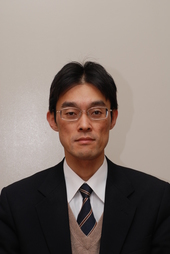Nadia Blagorodnova
Nadia
Blagorodnova, VENI Postdoctoral fellow at Radboud University, Nijmegen.
My current research interest is understanding the interactions between
binary stars at the last stages before their merger (Luminous Red Novae)
and stars disrupted by supermassive black holes (Tidal Disruption
Events). Currently I am a science advisor for the commissioning of
MeerLICHT and BlackGEM telescopes. I have ample expertise with the Gaia
ESA survey, iPTF and ZTF surveys. During my postdoc at Caltech, I have
led the automatisation and scientific exploitation of SED-Machine, an
instrument for robotic transient classification.
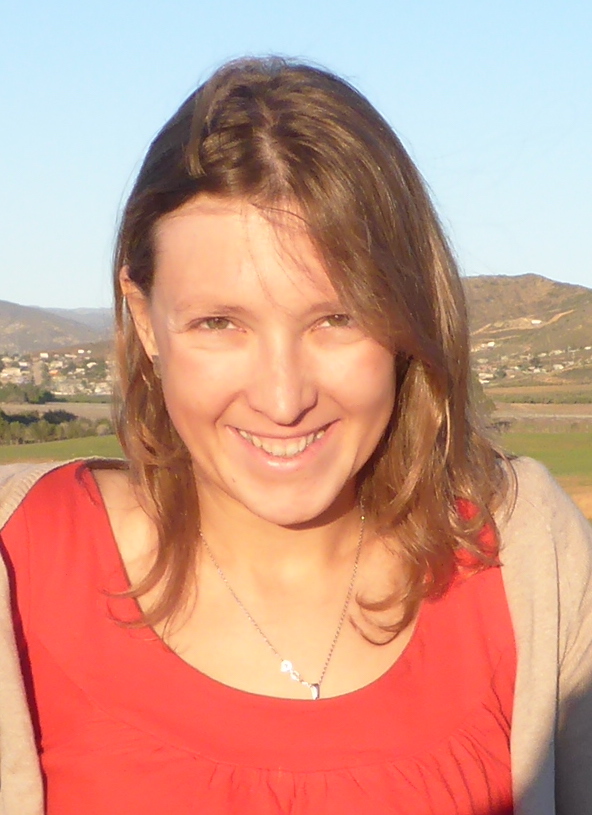
William Dawson
Will Dawson, Research Scientist in Physics at Lawrence Livermore
National Laboratory. My current research interests lie predominantly
with gravitational microlensing probes of intermediate mass black holes.
I am leading the PALS DECam survey, which is using microlensing parallax
to characterize the population of intermediate mass black holes leading
up to the LSST survey. I have a background in dark matter, dark energy,
observational astronomy (optical imaging & spectroscopy, IR, X-ray,
and radio), statistical/data analysis methods, and merging galaxy
cluster associated physics.
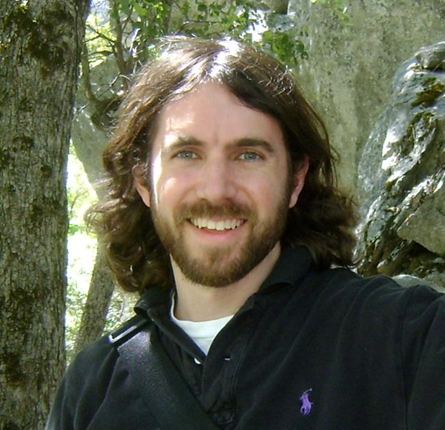
Kishalay De
Kishalay De, 3rd year graduate student at Caltech working with Mansi
Kasliwal. I am leading the Census of the Local Universe (CLU) experiment
of the Zwicky Transient Facility, aiming to build a volume-complete
sample of transients in the local universe (within 200 Mpc) with ZTF. I
am the data lead for the Gattini-IR project, a wide-field infrared
transient survey operating from Palomar observatory. My research
interests revolve around using local universe transients to probe
supernova progenitors and rates, with a special interest in
understanding the formation and fates of compact binary systems.
Previously as an undergraduate, I worked on high performance signal
processing algorithms for radio astronomy, and on multi-wavelength
observations of galactic X-ray binaries.
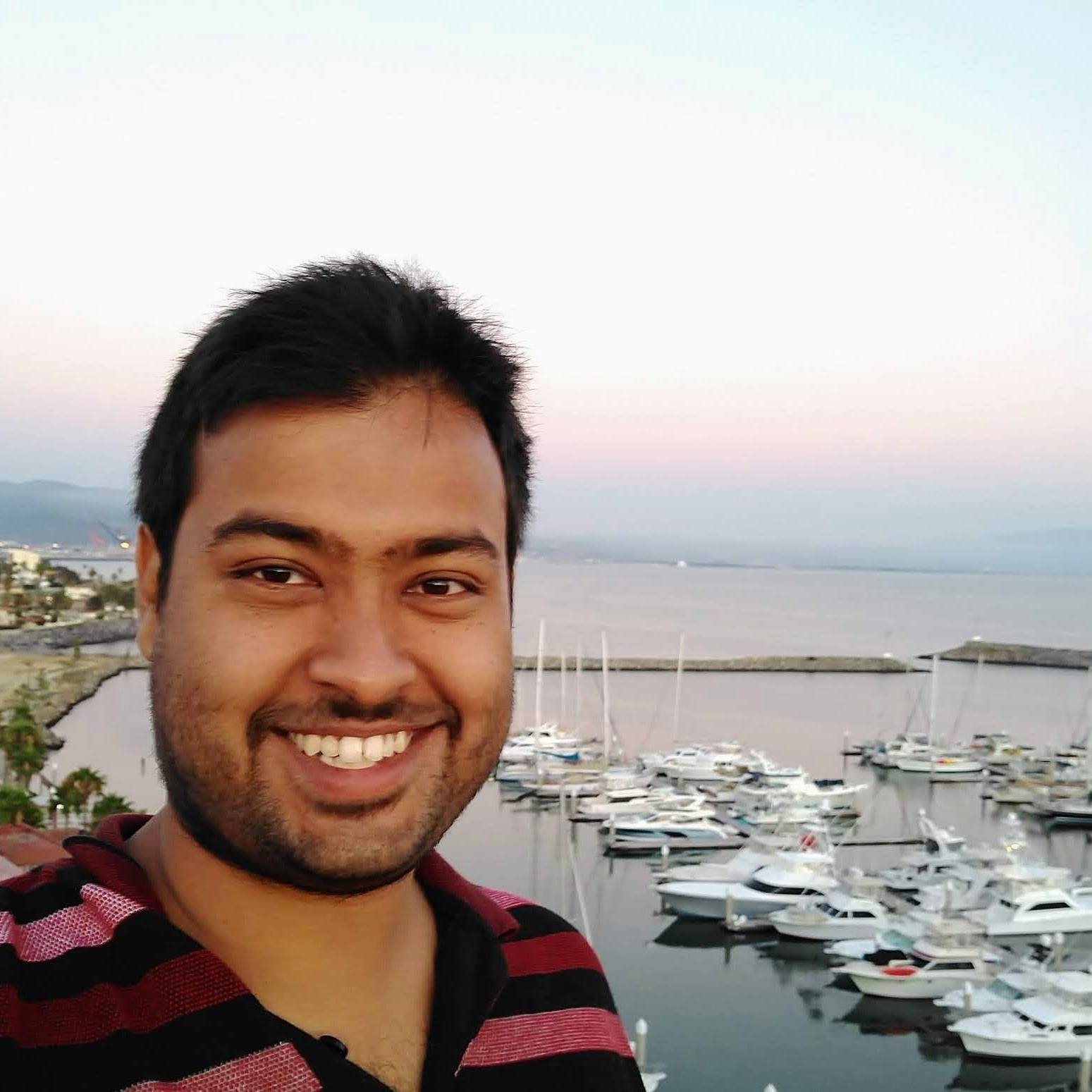
Christoffer Fremling
Christoffer Fremling, Postdoctoral Researcher at Caltech. My interests are
supernovae and GW optical counterparts. Current focus is on running the
Zwicky Transient Facility (ZTF) Bright Supernova Survey (BTS), with which
we aim to address supernova rates, luminosity functions and the redshift
completeness of local galaxy catalogs. I have also done significant work
on stripped envelope supernovae, both in the form of individual objects
analyzed in detail and sample studies addressing the differences between
the stripped envelope SN subtypes.
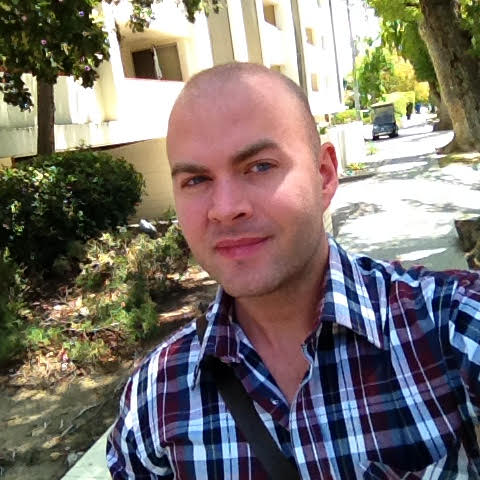
Danny Goldstein
Danny
Goldstein, Hubble Fellow at Caltech. My research focuses on searching
for strongly gravitationally lensed supernovae and gravitational wave
counterparts with wide-field imagers, namely ZTF, LSST, and DECam. I am
the co-convener of the LSST Dark Energy Science Collaboration's strong
lensing science working group. I am developing a deep stacking facility
for ZTF that will increase the survey's sensitivity to faint transients,
with the goal of providing a stream of targets for future MMS
facilities. \
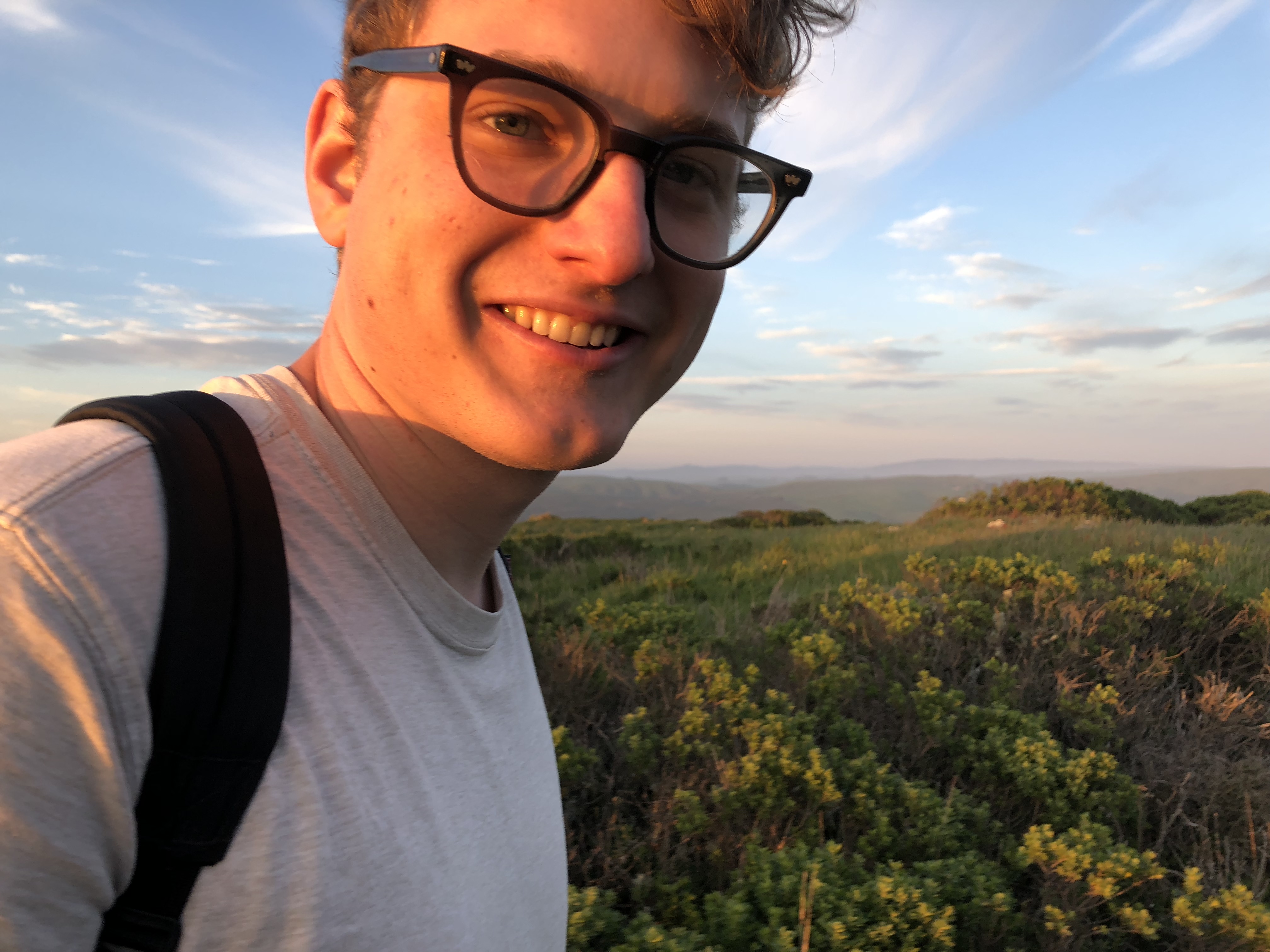
Anna Ho
Anna
Ho, 4th-year graduate student at Caltech working with Shri Kulkarni. I am
interested in a rare, extreme class of stellar death: explosions powered
by a central engine, an accreting black hole or a rapidly spinning neutron
star. For the last half-century, these "engine-driven" explosions have
predominantly been discovered using gamma-ray satellites, as long-duration
gamma-ray bursts (GRBs). With the Zwicky Transient Facility, I am
conducting a large-scale optical survey dedicated to finding these
explosions via different avenues: optical afterglow emission, broad-lined
stripped-envelope supernovae (Ic-BL SNe), and transients too fast and too
luminous to be explained by conventional SN models (as in the recent
extraordinary transient AT2018cow). Before coming to Caltech, I spent a
year at the MPIA in Heidelberg working on data-driven approaches to
stellar spectroscopy -- in particular, on a method for propagating
information from a high-S/N, high-resolution survey to low-resolution,
noisy spectra. I have also worked on radio studies of millisecond pulsars.
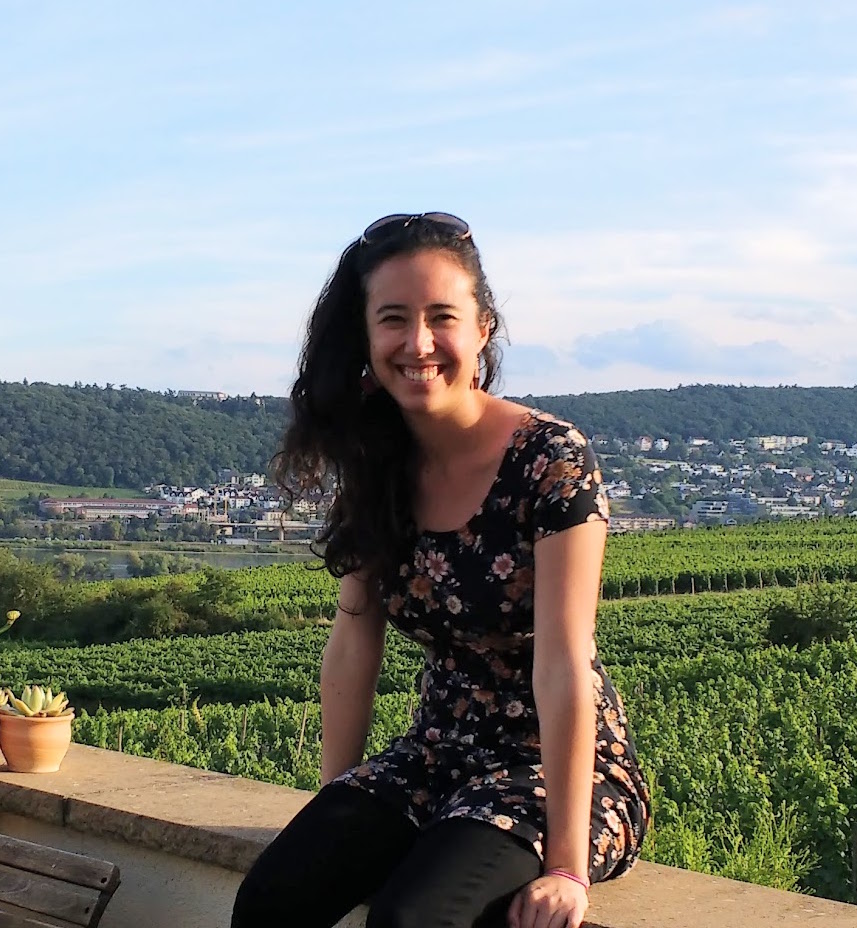
Ji-an Jiang
Ji-an
("Jian") Jiang, a PhD candidate of Institute of Astronomy (IoA), the
University of Tokyo. My current interests are the study of early-phase
SNe Ia and fast transients (e.g. FELTs, FRBs) with specific transient
surveys. I am the principal investigator of the MUlti-band Subaru Survey
for Early-phase SNe Ia (MUSSES). I will start the post-doc research
somewhere in Japan from April, 2019.
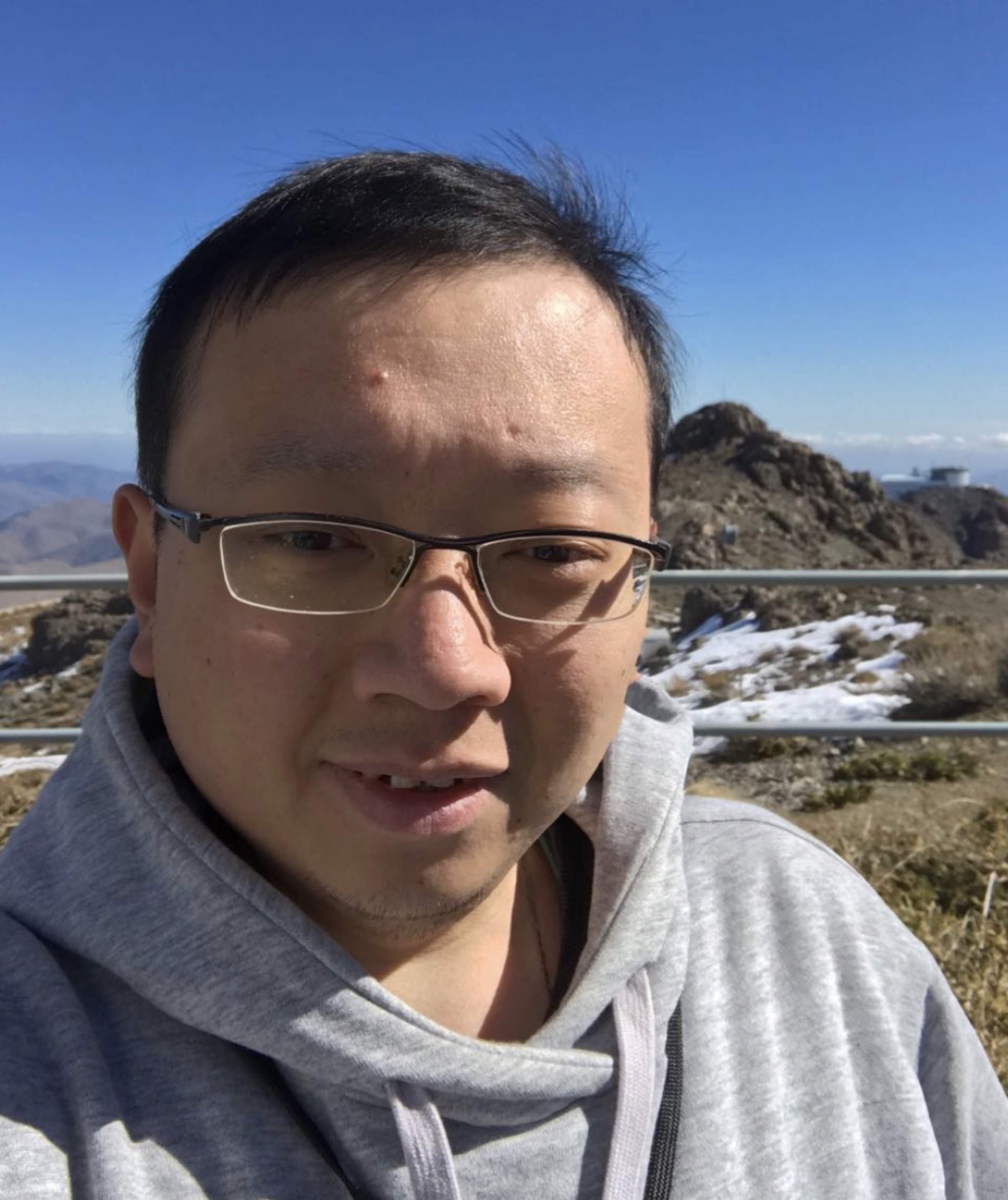
Alex Kim
Alex Kim, Staff Scientist at Lawrence Berkeley National Laboratory. My
current interests are in type Ia supernova cosmology, with recent focus on
peculiar velocities as a probe of gravity. I am a member of LSST-Dark
Energy Science Collaboration where I served as Chair of the SN Working
Group, and DESI where I served as Chair of the Time Domain Working Group.
I am a member of the Nearby Supernova Factory that performed
spectrophotometric follow-up of SNe discovered in imaging surveys.
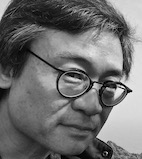
Sang Chul Kim
Sang Chul KIM, a Staff Scientist at the Korea Astronomy and Space
Science Institute (KASI), South Korea. Currently working in the KMTNet
(Korea Microlensing Telescope Network) Supernova Program (KSP) team (PI
: Dae-Sik Moon, Univ of Toronto). I had worked on star clusters and
stellar populations in nearby galaxies (like the local group or the
Virgo cluster). I served the Korean Giant Magellan Telescope project
team for about seven years. Then I started working in the KSP team,
doing stellar astronomy such as supernovae, variables, transients, etc.

Nick Konidaris
Nick Konidaris, Staff Astronomer at Carnegie Observatories. My current
interest is in the design and development of optical and infrared
instruments. I'm in charge of the Local Volume Mapper Instrument for the
Sloan Digital Sky Survey, and with a new postdoc we are working on a
fiber multi-object infrared spectrograph for Magellan. I recently worked
a short stint in industry where I worked on CubeSats and airborne
spectrometers.
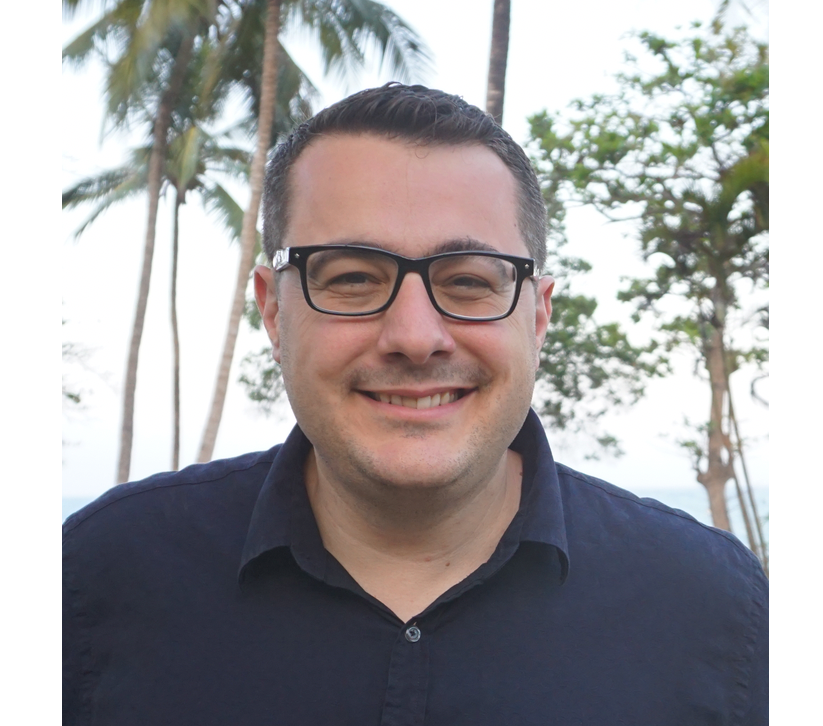
Shrinivas Kulkarni
Shrinivas
("Shri") Kulkarni, Professor of Astronomy at Caltech. My current
interests are the study of explosions and Fast Radio bursts. I am the
principal investigator of the Zwicky Transient Facility (ZTF). I have
wide background: radio astronomy, optical astronomy &
instrumentation. My past interests include millisecond, brown dwarfs and
gamma-ray bursts. From 2006-2018 I served as Director of the Caltech
Optical Observatories.
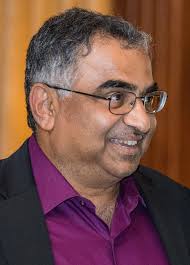
Shing-Chi Leung
Shing-Chi
Leung, Project Researcher of the Kavli Institute for the Physics and
Mathematics of the Universe, The University of Tokyo. I am a theoretical
astrophysicist interested in the explosion process of supernovae and the
associated nucleosynthesis. I use mostly my own multi-D hydrodynamics
code and the stellar evolution code MESA for the simulations. I have a
wide interest in modeling different types of supernova, including Type
Ia supernova, electron capture supernova, pulsation pair-instability
supernova and core-collapse supernova in the black hole branch
(collapsar). My recent projects include exploring the possibility of
using pulsation pair-instability supernova model to explain the unusual
rapid transient AT2018cow.
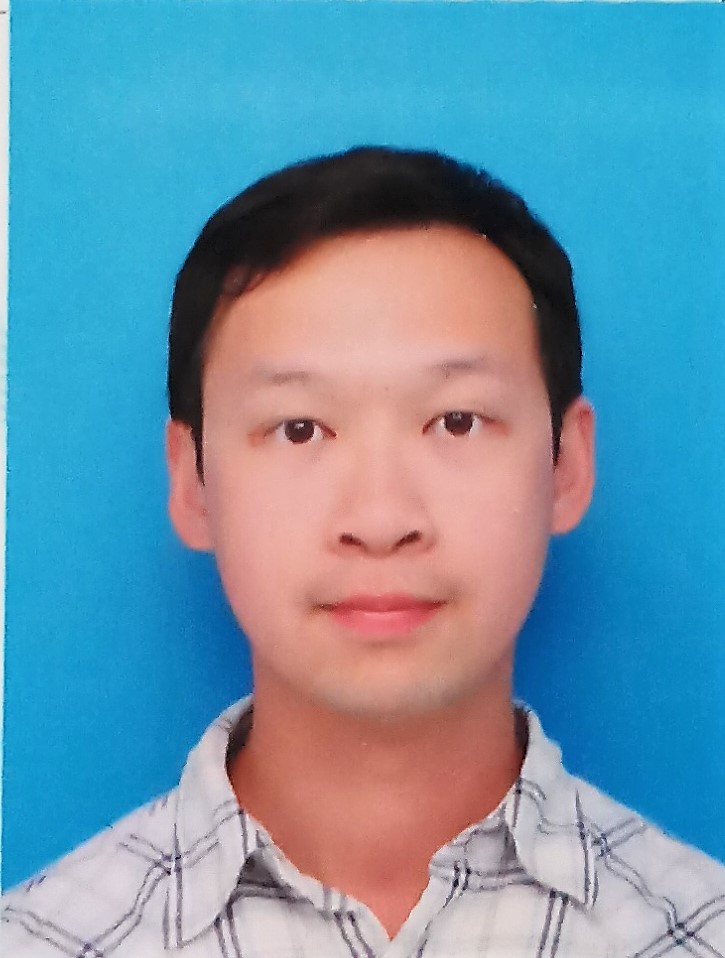
Shude Mao
Shude
Mao, Professor of Astrophysics at Tsinghua University and a theorist. My
current interests are galactic dynamics for the Milky Way with LAMOST
and nearby galaxies with the SDSS-IV MaNGA survey, and the search for
extrasolar planets with microlensing (using the KMTNet and the LCO
network) and transits. I have some budding interests in multiplexed
spectroscopic surveys. I currently serve as the Director of the Tsinghua
Center for Astrophysics, and the TMT-China project scientist.
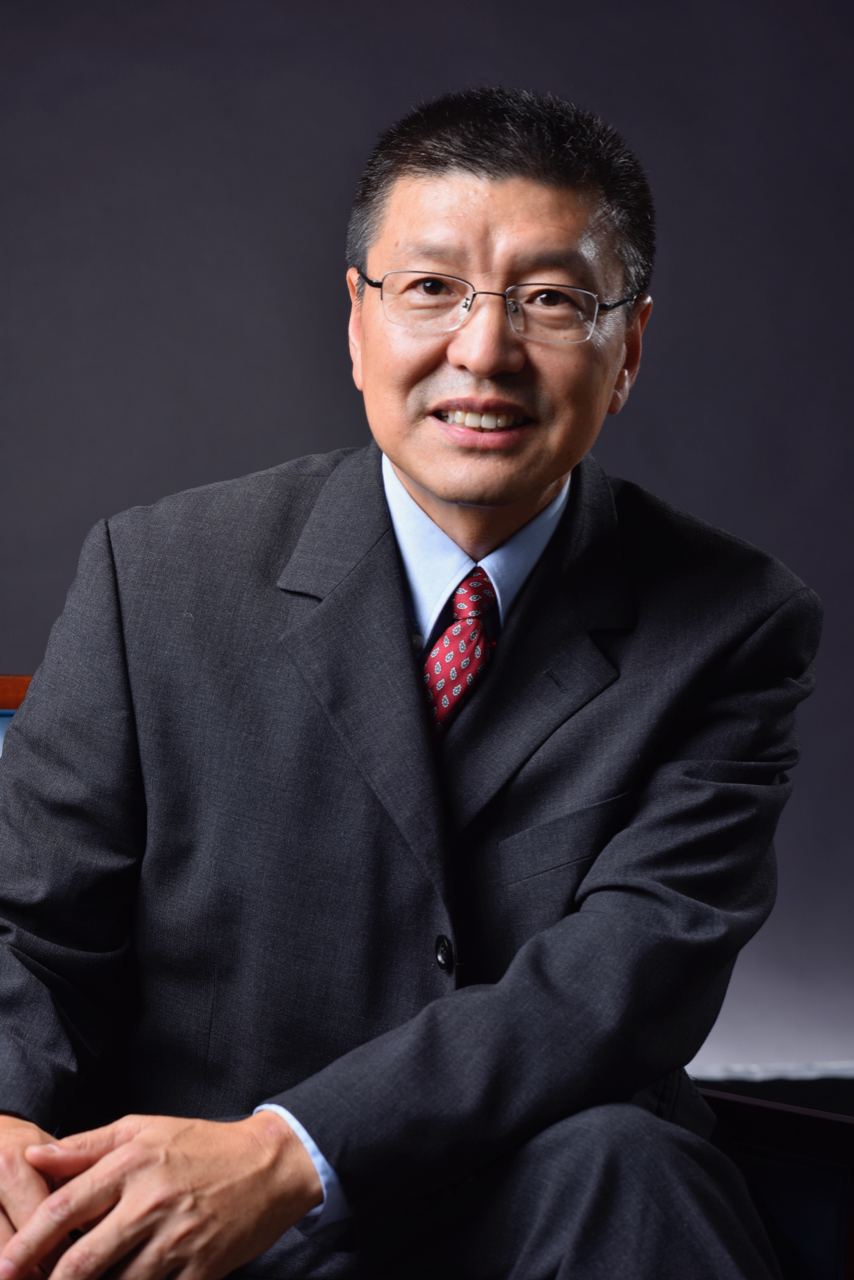
Keiichi Maeda
Keiichi
Maeda, Associate Professor of the Department of Astronomy, Kyoto
University. My interests include the stellar evolution, the nature of
supernovae and related explosive transients. I have my original
background as a theorist/modeler for SN hydrodynamics, nucleosynthesis
and radiation transfer, but have also been involved in observations
(radio, UV-optical-NIR, X and gammas). Currently I am particularly
interested in the final few years of evolution of SN progenitors, both
in the single and binary scenarios. I am planning to coordinate
transient follow-up program(s) with a coming 3.8m "Seimei" Kyoto-U
telescope at Okayama observatory.
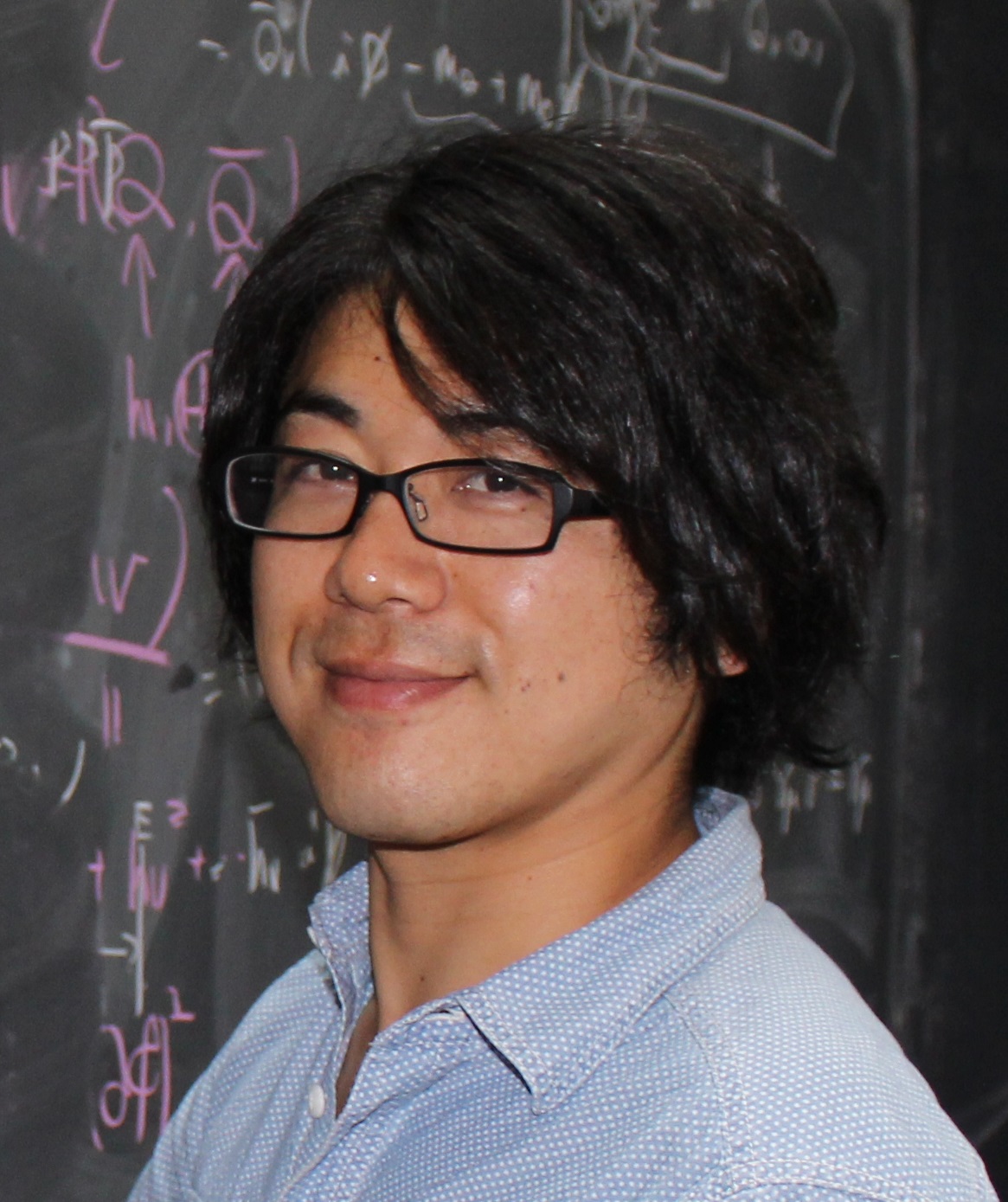
Takash Moriya
Takashi Moriya, Assistant Professor at Division of Theoretical
Astronomy, National Astronomical Observatory of Japan. My research
interests are core-collapse supernovae and their progenitors’ evolution
towards core collapse. I’m interested in how the diverse stellar
evolutionary paths to core collapse makes the diversity in core-collapse
supernovae. I’ve been working on many different kinds of core collapse
supernovae, from superluminous supernovae to faint supernovae such as
ultra-stripped supernovae. I also work on stellar evolution. I hope to
work on white dwarf explosions as well but I haven’t had any good
ideas. I mainly work on theory but I’m involved in the HSC
transient survey to find high-redshift supernovae.
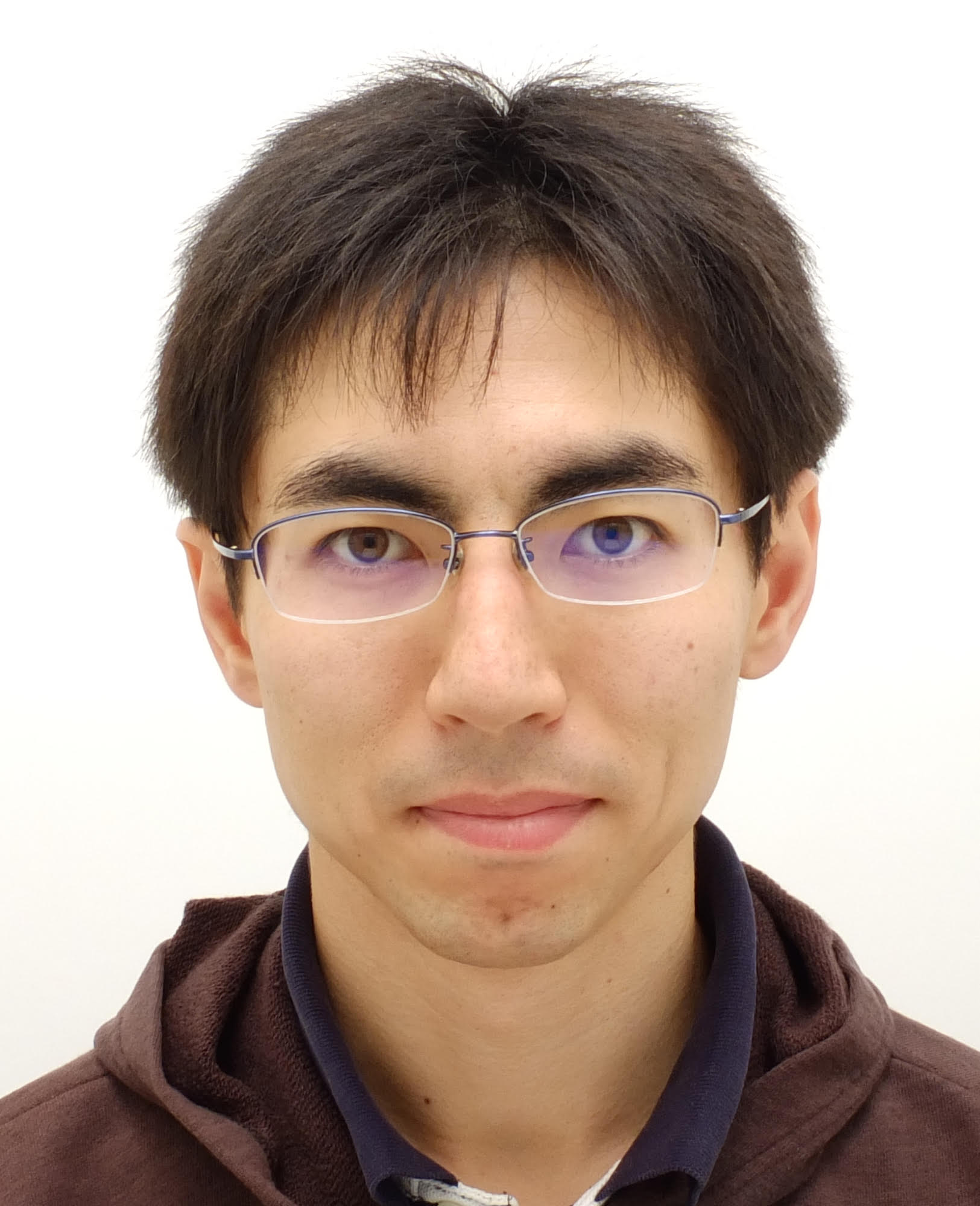
Takashi Nagao
My
name is Takashi Nagao. I am a PhD student at Department of Astronomy in
Kyoto university. The current supervisor is Keiichi Maeda. I will move to
European Southern Observatory from this April as a first year postdoc for
working with Dr. Ferdinando Patat on spectropolarimetric observations of
supernovae. My interests are supernova explosions and dust, especially
their radiative processes. I have studied several types of supernovae
(Type Ia and Type IIP) so far by investigating their circumstellar
environments using radiative transfer calculations and observations
(Infrared and optical polarimetric observations).
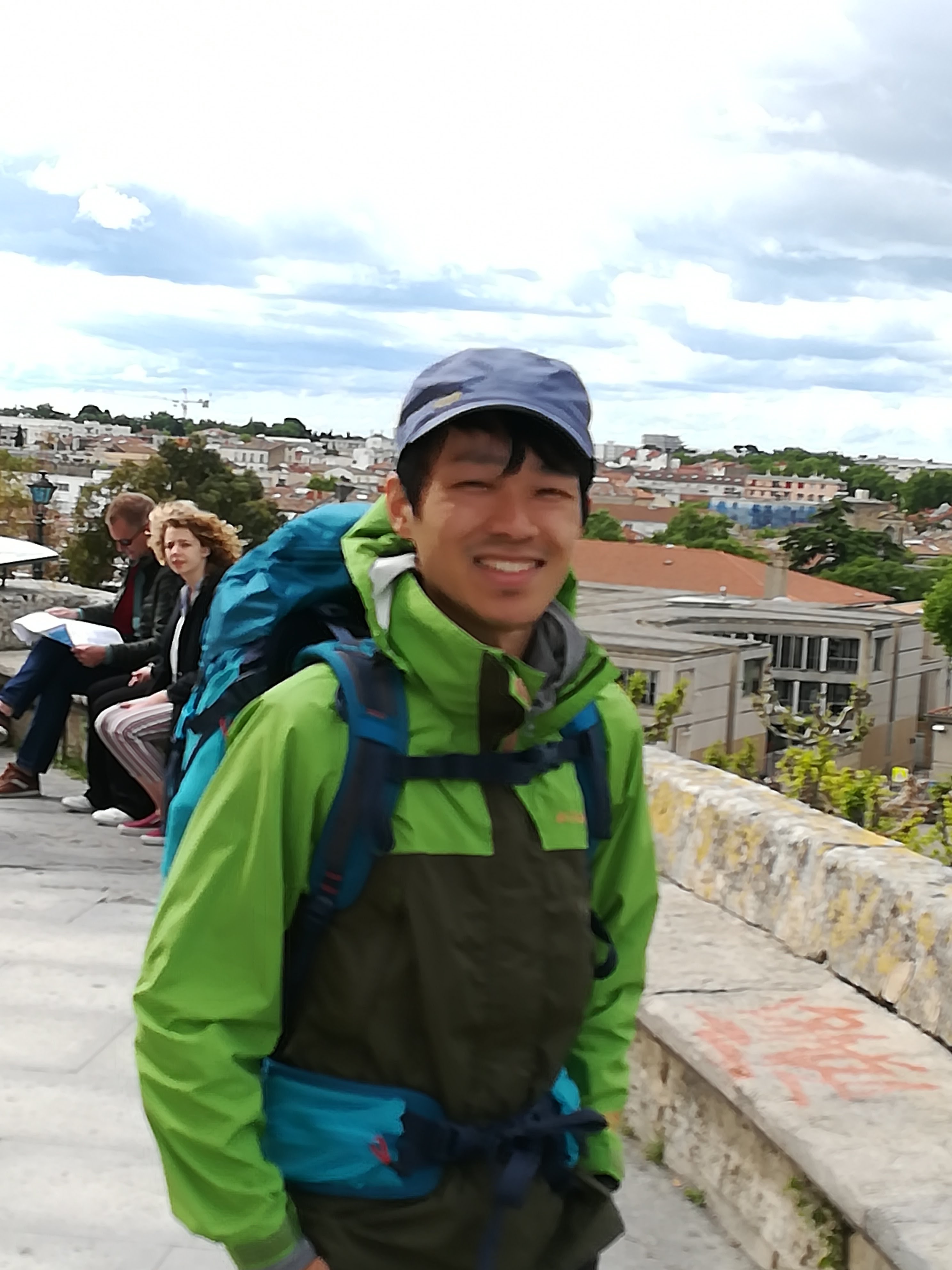
Peter Nugent
Peter
Nugent is a Senior Staff Scientist at Lawrence Berkeley National
Laboratory and the Department Head for Computational Science in the
Computational Research Division. His interests in astronomy span both
the theoretical and observational including spectrum synthesis and
hydrodynamic explosion modeling of supernovae as well as novel
techniques for finding moving objects. From 2009-2016 Nugent ran the
real-time image subtraction pipeline at NERSC for PTF and iPTF and is
currently working on a deep co-addition pipeline for ZTF.
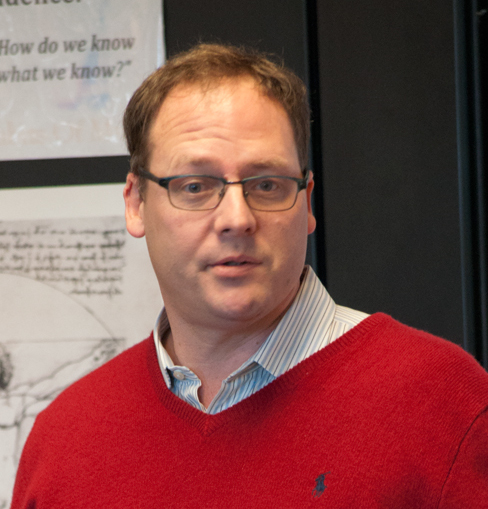
Ryoma Ouchi
Peter
Ryoma Ouchi, is the graduate student, working with Keiichi Maeda at
Kyoto University in Japan. My research interest is the enhanced mass
loss of massive stars just prior to the supernovae. Especially, I am
interested in the physical mechanisms of the pre-SN mass loss, such as
the energy deposition by waves. Now, I am investigating how such an
energy deposition affects the density structure of the progenitor and
the ensuing supernovae. Previously, I was working on the binary
evolution models for SNe IIb progenitors in relation to their pre-SN
mass loss.
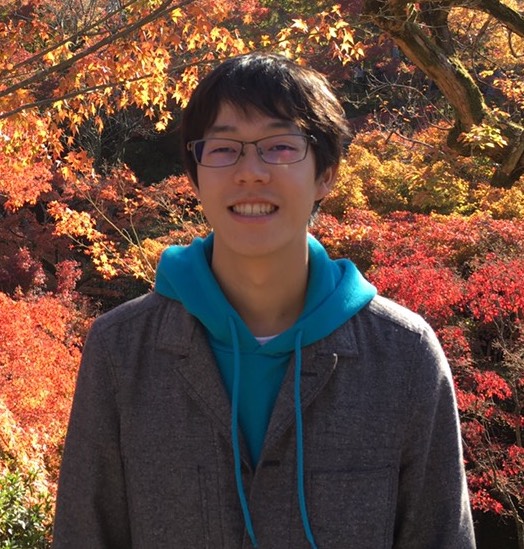
Arne Rau
Arne Rau, Staff Scientist at MPE Garching. Athena/WFI Project Scientist,
Co-chair of SRG/eROSITA(DE) science working group on Time Domain
Astrophysics, acting Principal Investigator of GROND at the 2.2m
telescope in La Silla. My current interest is in extra-galactic X-ray
transients and tidal disruption events. My background covers a broader
range of time domain aspects (X-ray binaries, GRBs (prompt, afterglows,
and hosts), AM CVns, and blazars)
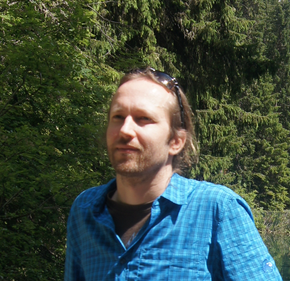
Takahiro Sumi
Takahiro Sumi, Professor of Astrophysics at Osaka University, My current
interests are the exoplanet search via microlensing, Galactic structure,
transients, black hole. I am PI of MOA microlensing survey project and
PRIME infrared microlensing project. I am PI of the WFIRST study team at
JAXA. I am also JAXA representative of LUVOIR STDT.
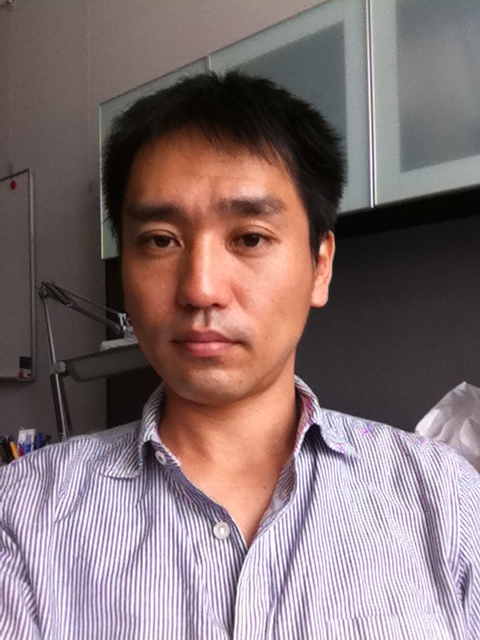
Nao Suzuki
Nao Suzuki: Member of Kavli IPMU, Univ of Tokyo. I have been working
in the field of precision cosmology through observatoins. I worked on
baryon density measurement via primordial deuterium abundance in the
quasar absortption lines. Now, we are wroking on Type Ia cosmology
using Subaru/HSC followed by HST IR imaging and we expect to perform
the most precise measuremet of dark energy. Recently, I discovered a
dozen of interesting stars which has a perfect blackbody spectrum from
UV through IR. I expect they become next generation fundamental
calibrator including JWST and LSST. Spectral classification is my
favorite subject and I would like to pursue developing technologies
for the era of Big Data. Machine learning is another topic I've been
working on. In coming years, I would like to work on: nearby
blackholes, search for dying stars in Milky Way, and the epoch of
reionization via IGM.
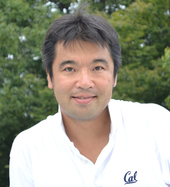
Masaomi Tanaka
Masaomi
Tanaka, Associate Professor at Tohoku University. My interests
include physics of supernovae and neutron star mergers as well as
nucleosynthesis by these explosions. Recently, I work on (1)
wide-field transient surveys using Kiso Schmidt telescope and
Subaru/Hyper Suprime-Cam, (2) detailed follow-up observations of
supernovae, in particular, spectropolarimetric observations,
and (3) radiative transfer simulations of supernovae and neutron
star mergers.
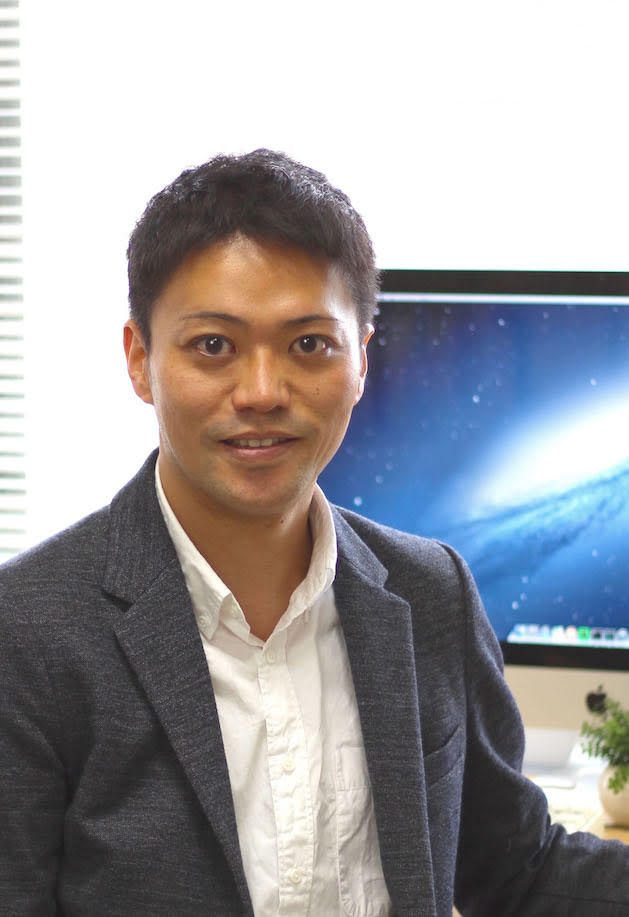
Nozomu Tominaga
Nozomu Tominaga, Professor at Konan University. I have studied on
radiation hydrodynamics and nucleosynthesis calculations of supernovae
and optical transient survey and follow-up observation with the Kiso
Schmidt telescope and the Subaru telescope/Hyper Suprime-Cam. My
current interests are shock breakouts, fast radio bursts, and
gravitational wave sources. I'm also interested in the radiative
hydrodynamics calculation of gamma-ray bursts.
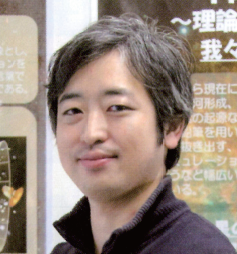
Xiaofeng Wang
Wang, Professor of Astronomy at Tsinghua University. My current
interests are the study of stellar explosions and the applications to
cosmology. I am leading some wide-field survey projects such as the
Tsinghua-NAOC Transient Survey (TNTS) , Purple-Mountain
Observatory-Tsinghua Supernova Survey (PTSS).
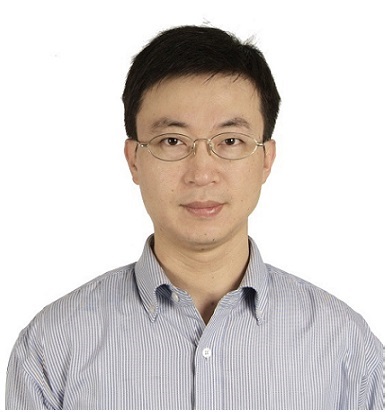
Shotaro Yamasaki
Shotaro Yamasaki, 2nd grade PhD student at Tokyo
University. I work on theoretical astrophysics and my number
one interest is Fast Radio Bursts (FRBs). I either use hydrodynamical
simulations or adapt analytic approaches to study high energy transient
phenomena. Past studies I have involved with are FRBs, Binary Neutron
Star Mergers and Magnetar emissions. This summer, I will make an
extended stay at Israel to work on emission mechanisms of FRBs and
magnetars.
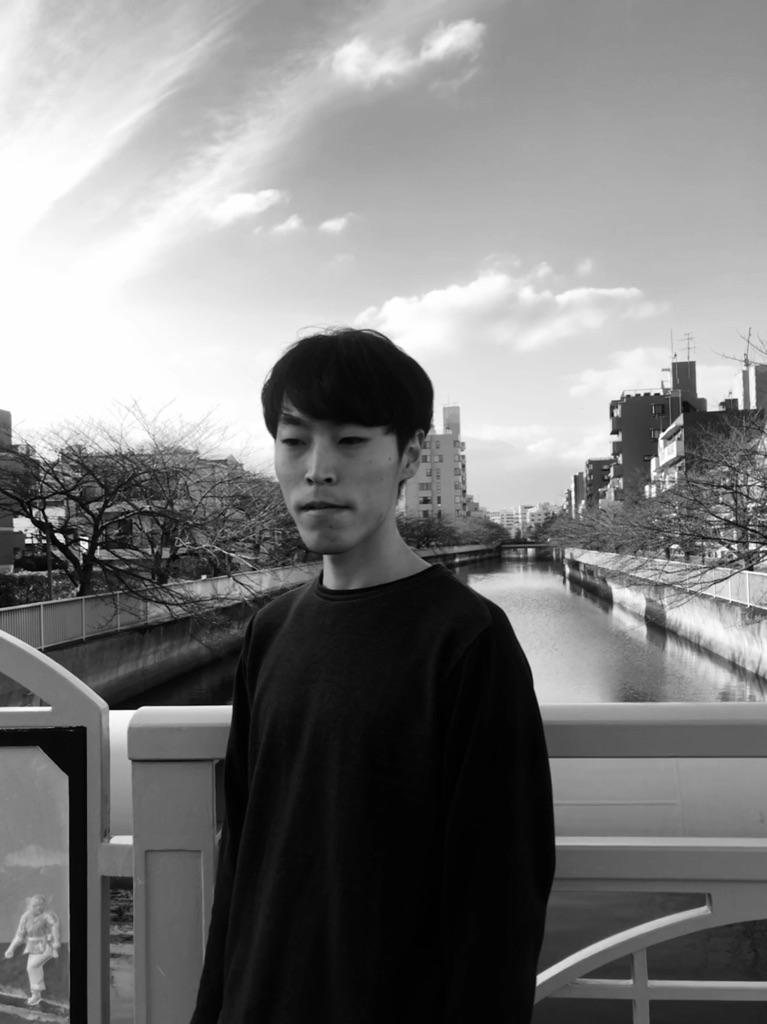
Lin Yan
Lin
Yan, research astronomer at Caltech. My research interests cover a wide
range of topics from high redshift galaxies to low redshift transient
events. I am co-PI on a large ALMA [CII]158micron survey of 120 galaxies
at z ~ 4 to 5. One of the goals is to derive z~4 [CII] line luminosity
function. The major portion of my research time is currently spending on
ZTF, including superluminous supernova (SLSN) and nuclear transients. I
am the lead for the SLSN science from ZTF. My primary interests on SLSN
are volume metric rates/luminosity functions as well as nebular phase
optical and near-infrared spectroscopy. On nuclear transients, I am
interested in infrared properties of TDEs (dust echoes) and the
complicated relationship between changing-look AGN and TDE.
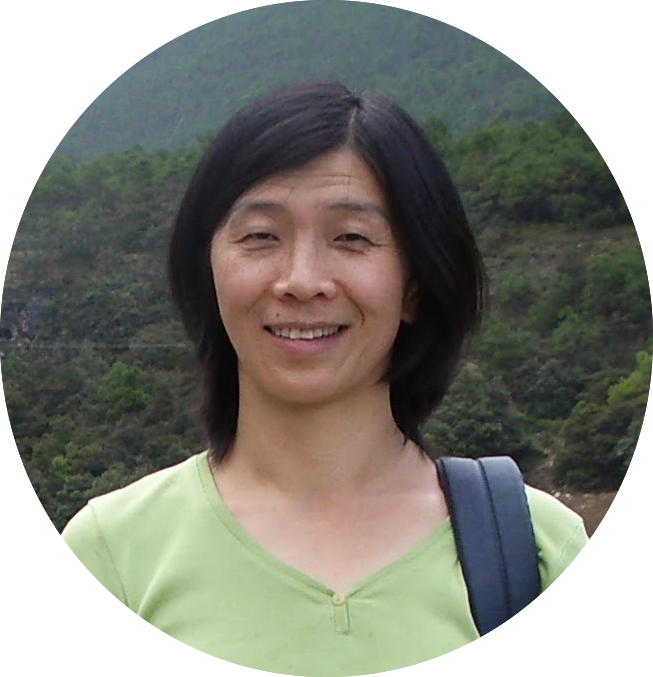
Naoki Yasuda
Naoki
Yasuda, faculty member at Kavli IPMU. My interests are SN Ia cosmology and
statistical properties of SNe Ia. I have been working on the development
of HSC data analysis pipeline and HSC SSP (Subaru Strategic Program). I
also developed transient pipeline for our Subaru/HSC transient survey.
